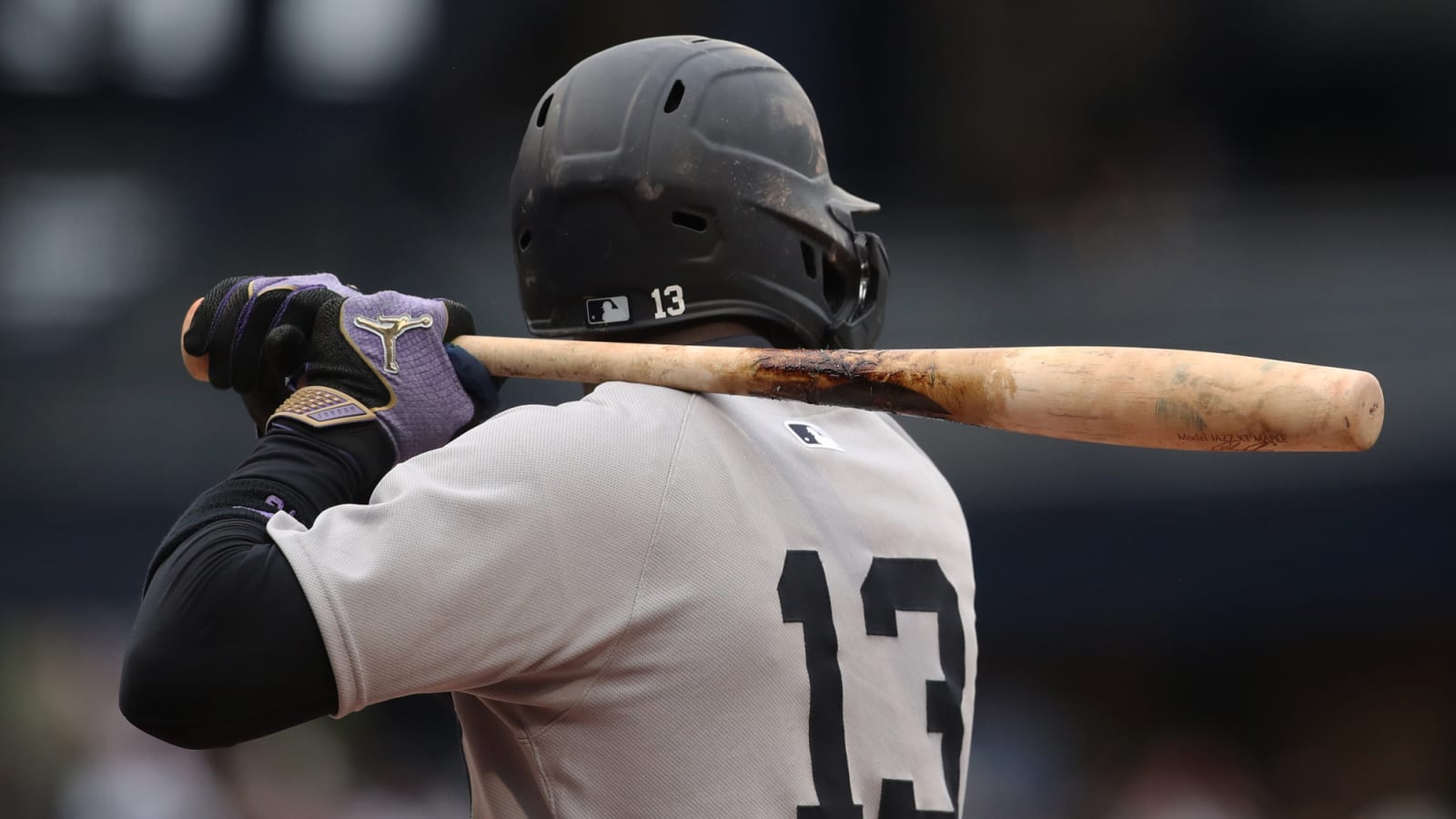
Torpedo bats are only the beginning — pitchers better start planning
The “torpedo bat” may be more than a quirky new piece of gear. It might be the gateway to a new era in baseball — one where hitters wield highly personalized equipment tailored to their swing paths and contact tendencies. While full-blown bat customization isn’t standard yet, the torpedo model is a glimpse into what could be coming, and pitchers should take notice.
Initially popularized by the New York Yankees during a recent power surge, the torpedo bat features a shape that resembles a bowling pin. The mass is concentrated lower in the barrel, moving the sweet spot closer to where most players naturally make contact. The results were immediate: exit velocities rose, as did home run totals. Now, players like Cincinnati Reds shortstop Elly De La Cruz are picking up the design and seeing results.
Unlike gloves or cleats, bats have long been relatively generic — a few models, sizes and wood types. But that may soon change. In golf, no pro hits the course without clubs fitted to their exact body and swing mechanics. Baseball could follow suit, with tracking data and bat sensors enabling hitters to fine-tune their bats' shape, weight distribution and balance.
The broader baseball community is also weighing in on the torpedo bat phenomenon. MLB commissioner Rob Manfred views the innovation positively: "They’re absolutely good for baseball.” This endorsement suggests that the league sees value in the ongoing evolution of equipment and its potential to enhance the game’s appeal.
Even now, as teams track exit velocity and barrel rates with high-speed cameras and Statcast data, it’s not hard to imagine a world where players choose from bat models optimized for their swing profiles. The torpedo bat is the first to break through, with results that are too loud to ignore.
Many, like Brewers manager Pat Murphy, downplay the impact of the torpedo bats, emphasizing the player's skill over the equipment. He remarked, “My old a-- will tell you this, for sure, it ain’t the wand; it’s the magician.”
If equipment customization becomes the norm, pitchers will need to adjust quickly.
We’re already seeing the game trend toward more breaking pitches — sweepers, hard sliders, cutters with late bite. Traditional curveballs have become less common, replaced by movement profiles that generate whiffs instead of groundouts. The reason is simple: if contact is getting better — either because of bat tech or training — the solution is to avoid contact altogether.
That’s why the command of breaking pitches, pitch tunneling and unpredictability will matter more than ever. Velocity alone isn’t enough anymore. To keep hitters from squaring up torpedo-shaped bats — or whatever bat shape comes next — pitchers must live on the edges and keep hitters guessing. Swing-and-miss stuff isn’t just a luxury anymore; it’s survival.
The potential for bat customization isn’t a reason to panic, but it should be a wake-up call. Pitchers will need to evolve just as hitters always have. The bat may not change overnight, but one look at De La Cruz’s or Yankees shortstop Anthony Volpe’s stat line should be enough to suggest that change is coming. And when it does, pitchers who’ve prepared — who’ve refined their arsenals to induce weak contact or no contact at all — will be the ones still standing.
The future is closer than it looks. A bat with a weird shape just told us so.
More must-reads:
- Volpedo: Why 2025 could be breakout year for Yankees shortstop
- Fowl ball: Yankees OF Cody Bellinger 86s chicken wings following food poisoning
- The '2025 MLB Opening Day managers' quiz
Breaking News
Customize Your Newsletter
 +
+
Get the latest news and rumors, customized to your favorite sports and teams. Emailed daily. Always free!
